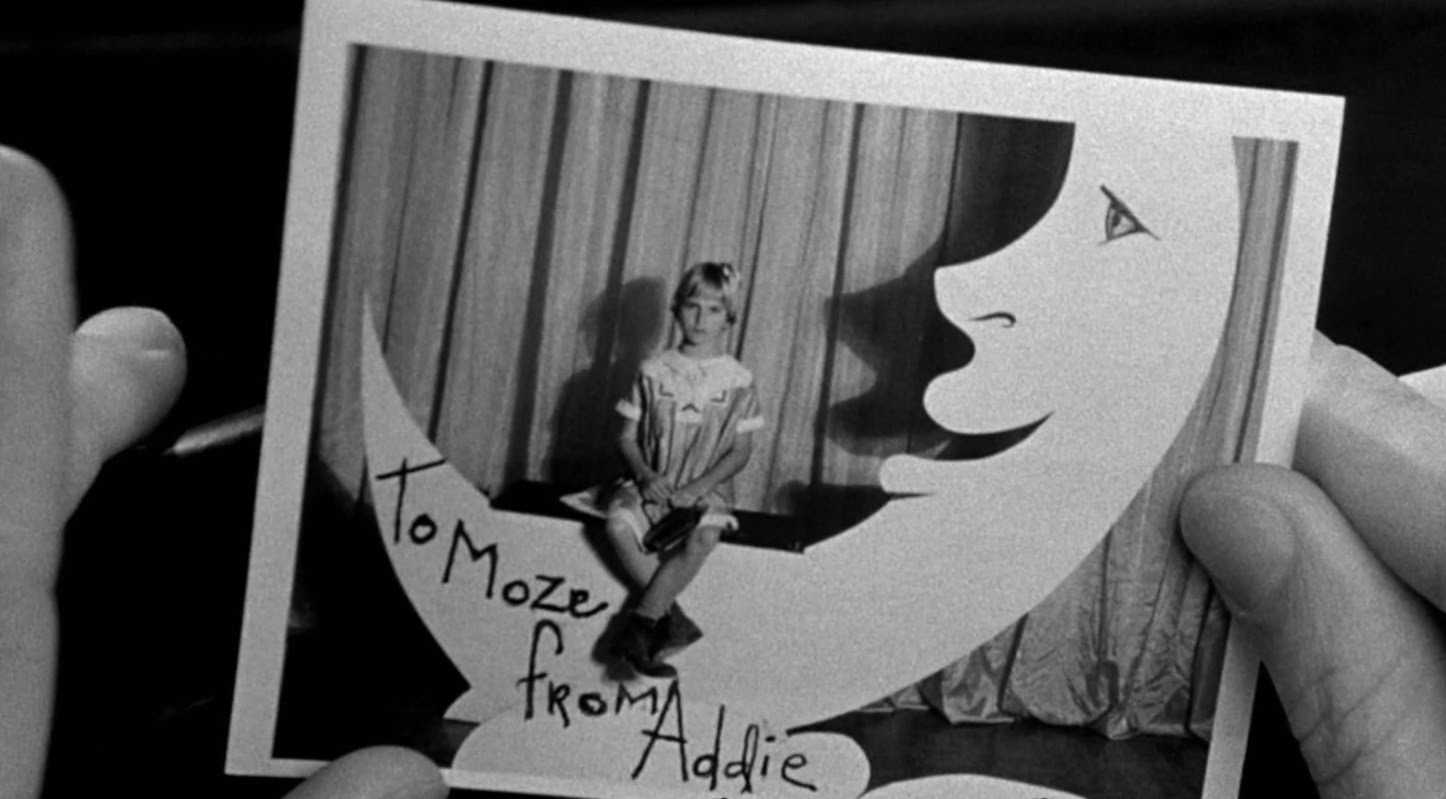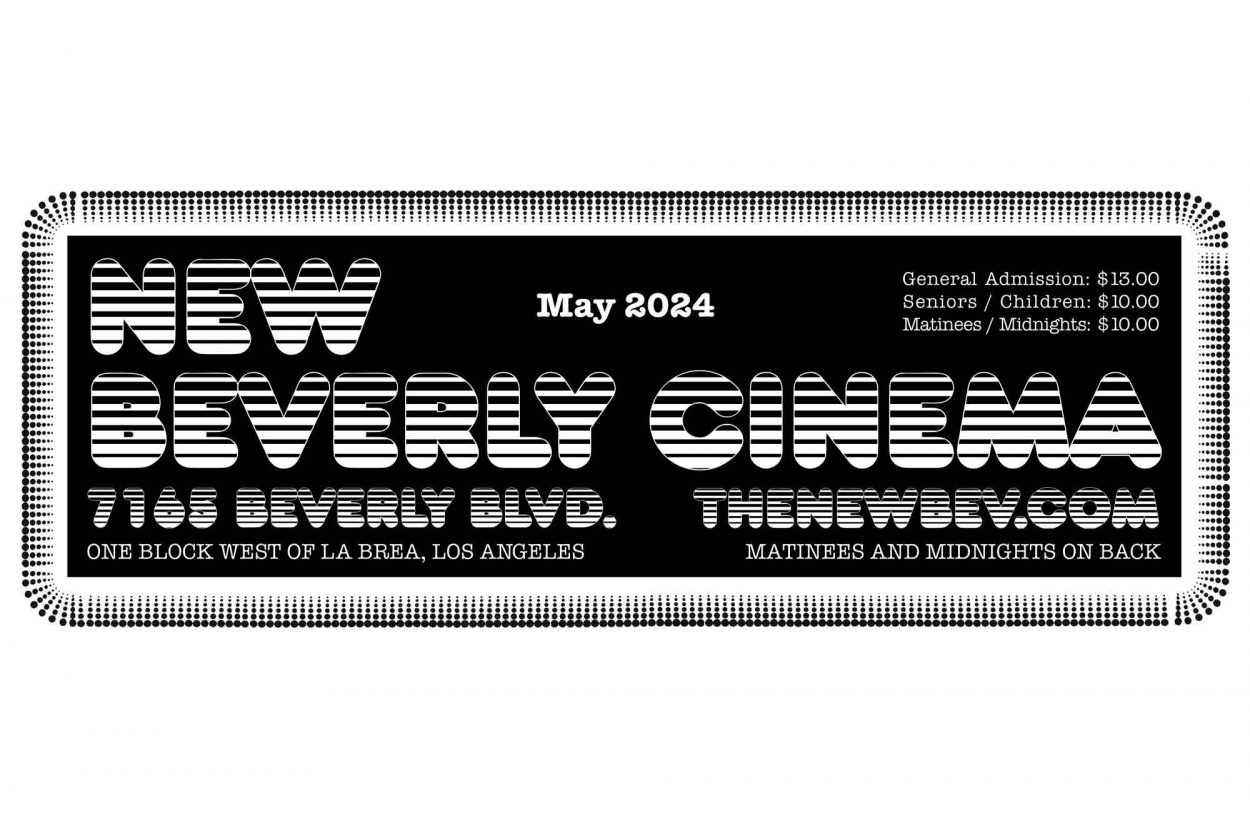“There was a part in the script and I asked my dad to help me with it, I was still learning to read… and it said that I had to say: ‘I love you’ to him in the movie… And I looked at him and said, ‘I can’t say that! They don’t want me to say that! Why would I say that?’ I wasn’t the kind of kid who went around saying ‘I love you’ to many people, or at least to my dad. I mean, which little girl wants to say ‘I love you’ to their dad? Well, at least this kid didn’t. But anyway, they cut it. And so you’ll see that I never do say that in the movie.” – Tatum O’Neal, 2011
“Tatum has lived more than any 10 people three times her age. I want the best for Tatum, because she has lived through the worst.” – Ryan O’Neal, 1974
Tatum O’ Neal’s nine-year-old face in Paper Moon is the face of thousands of little girls, pissed off at their broken families and their absent dads. It’s a tough little face that’s resilient and smart, because in the movie, life has made her grow up fast (her mother just died, she’s gonna be sour), and it’s a lonely face, yearning for her dad to at least reveal himself. And yearning for him to stick around, not so she can simply hug him and blubber in his arms, but so she can yell at him. Yell at that son of a bitch! Where the hell have you been? Oh, and I want my 200 dollars!
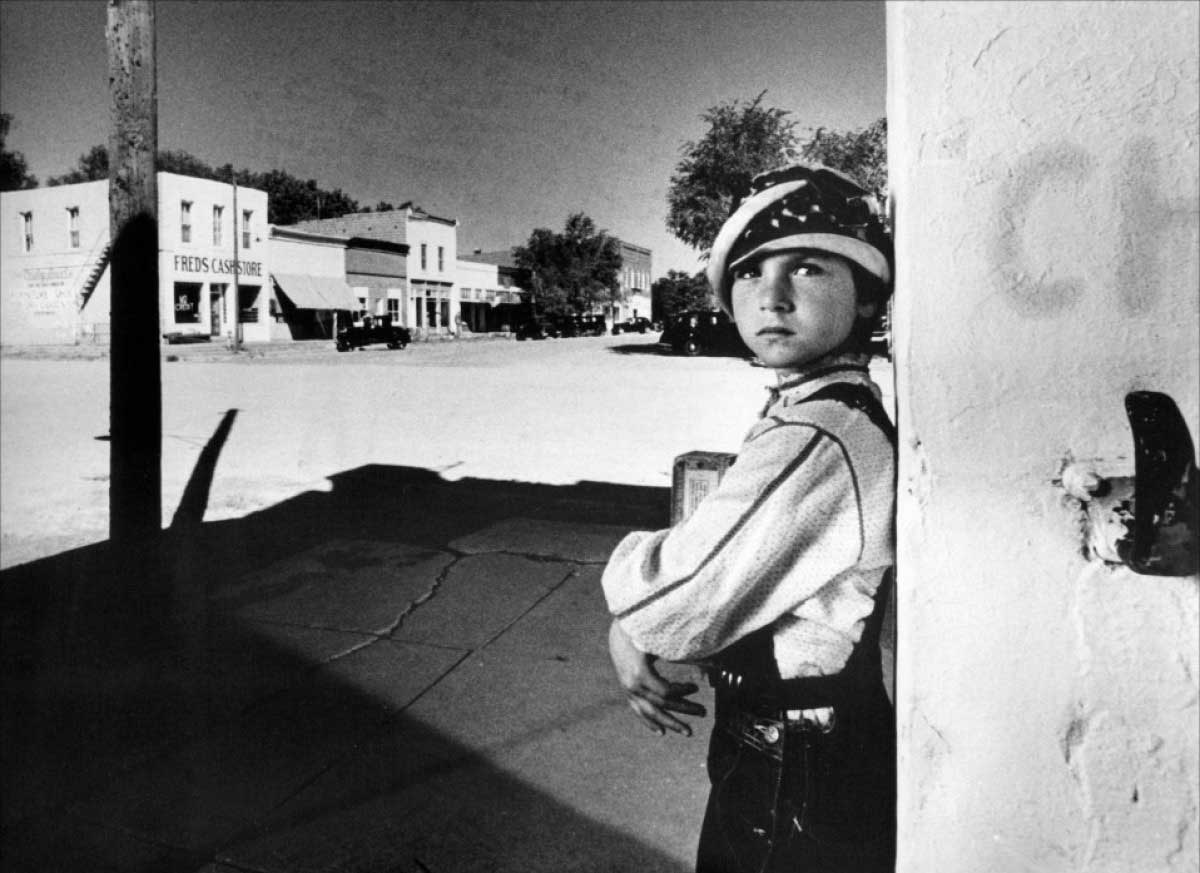
In the movie, we never do truly learn if O’Neal’s daddy, played by her real-life daddy, Ryan O’Neal, is indeed her pops, but they got the same jaw. And they both have a talent for grifting. And she’s so good at trickery that her talent mirrors Tatum’s first-time acting ability – she’s a goddamn natural. Director Peter Bogdanovich (on the advice of his brilliant production designer and ex-wife Polly Platt) was canny and perceptive enough to cast the O’Neals: already wizened tomboy Tatum and her divorced, weekend father (who didn’t see her enough weekends) who were working through their relationship in real life. As Ryan O’Neal said in a 2011 interview alongside Tatum, “I was separated from her mother. So I only knew her on the weekends… But we had good weekends together, really good weekends. I thought that maybe if Tatum and I worked on this picture, it might seal our doom, or our bond. One or the other.”
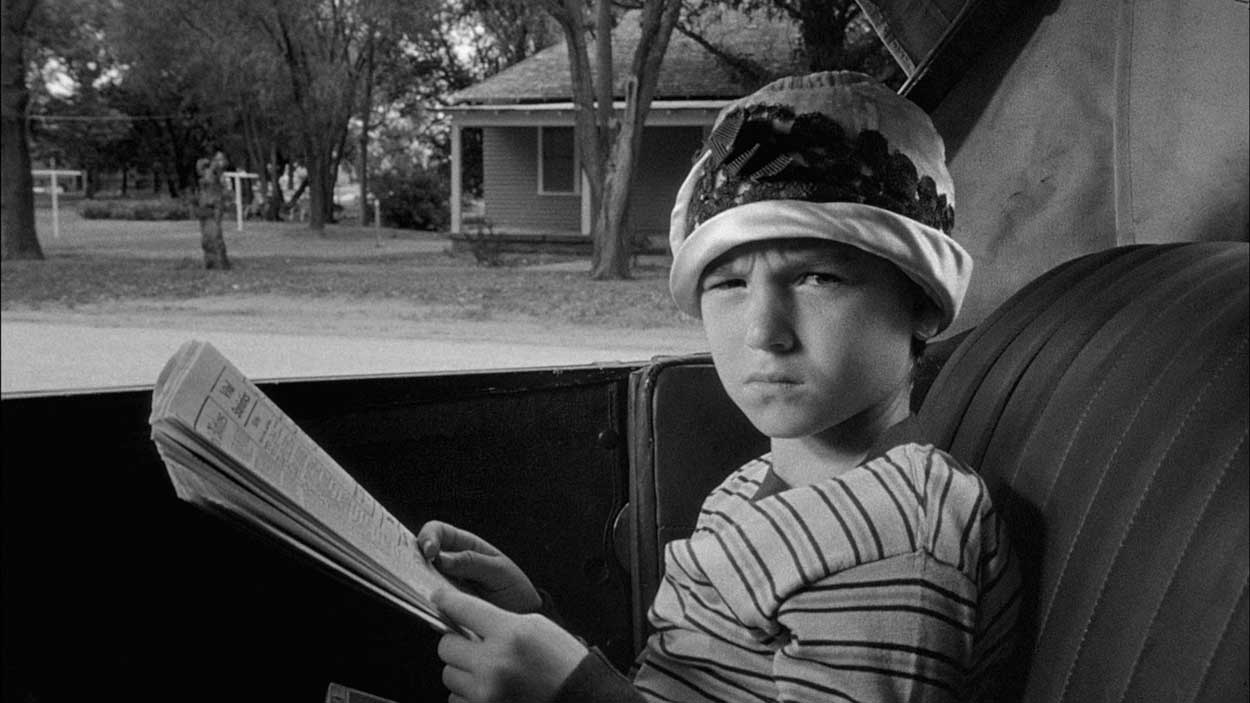
Doom? That is some tough stuff (read Tatum’s autobiography “A Paper Life” if you want to dig further into this and her entire, tumultuous life). But they are so perfect together, that Tatum, not Ryan, as great as he can be under the right director utilizing his specific talents (see my piece on Stanley Kubrick and Barry Lyndon), is the one who lifts him up to a higher level here. This is one of his greatest performances. I don’t care if she was reportedly a pain in the ass on the set. She was a child. And she breaks through the screen with such charm and charisma and the camera loves her so much that it’s like what Billy Wilder said of working with the brilliant Marilyn Monroe: “She was a pain in the ass. My Aunt Millie is a nice lady. If she were in pictures she would always be on time. She would know her lines. She would be nice. Why does everyone in Hollywood want to work with Marilyn Monroe and no one wants to work with my Aunt Millie? Because no one will go to the movies to watch my Aunt Millie.” Exactly. And viewers and critics liked watching Tatum so much that she won an Oscar for it. Striding on stage in her little man’s tuxedo with bow tie and short hair (GODDDESS), she not only deserved that gold statue but she gave a fantastically brief, no-bullshit speech that adults should learn from: “All I really want to thank is my director, Peter Bogdanovich, and my father. Thank you.”
In Paper Moon (adapted by screenwriter Alvin Sargent from Joe David Brown’s novel “Addie Pray”), Tatum, playing depression-era scruff Addie Loggins, spies her maybe dad Ryan’s Moses Pray when he shows up at her mother’s funeral. He chucks some flowers on the casket and intends to high tail it out, but suspecting adults believe him to be orphaned Addie’s father. He insists he is not, but agrees to deliver Addie to her aunt’s house in Missouri. You can’t slip a trick past this kid, however, so when she hears Moses collecting the two hundred dollars from the man who accidentally killed Addie’s mom, she starts demanding her money. And she demands it loudly while he stupidly thinks a Coney Island is going to shut her up. Nope. They end up becoming a team – the con of charging Bibles to recent widows for their dearly departed husband’s gifts, never ordered for them. Preying on the idea-lie that someone would love you enough to buy a bible with your name imprinted inside is a nicely cynical reminder of this little girl’s own thinking about life. No, everything may not turn out OK with her Aunt (who seems like a real nice person in their brief moment they share at the end of the picture), this liar is surely my dad but we’ll never say so, this “Miss Trixie Delight” he picks up (a hilarious and, in a lovely, honest moment with Addie, touching, Madeline Kahn) is an operator. Well, she wants this guy to be her dad. Who says “family” has to be normal? Or even honest? It never is anyway.
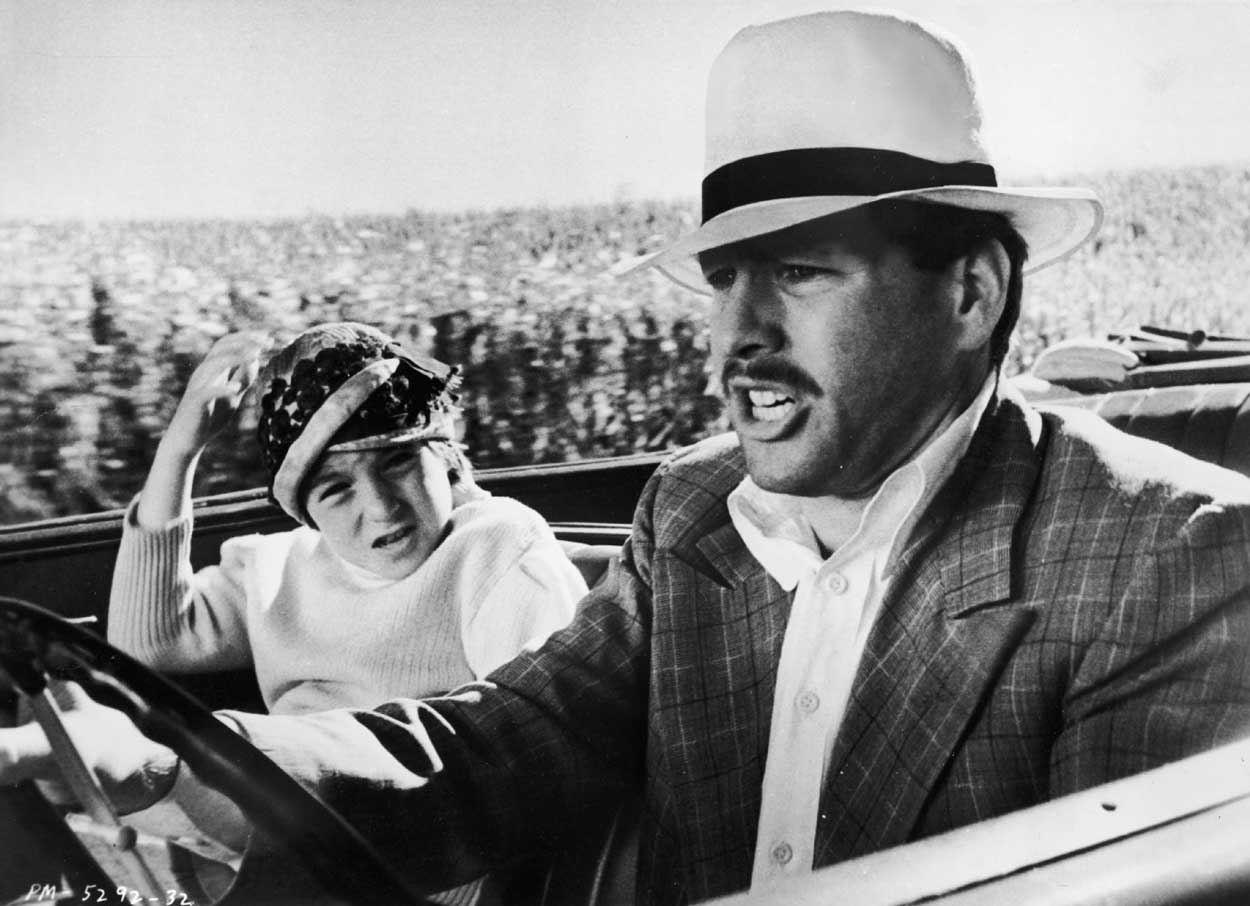
All of these thoughts flicker across Tatum’s face, even when she’s not speaking her mind (which is a lot), but in beautiful little moments – like when she’s all Leo Gorcey-tough guy, sullenly smoking in bed, or posing pretend ladylike in the mirror, or smiling to herself in the car after getting the better of Moses. There’s many sequences in the movie so expertly shot by Bogdanovich that not only show Addie’s sharp little mind at work (her scheming with Trixie’s put-upon maid, Imogene, played by a terrific P.J. Johnson is hilarious, impressive and genuinely moving for the fate of Imogene too), but the stand-out is an uninterrupted argument between Tatum and Ryan in the car. The amount of dialogue, the comic timing, the way the disagreements flow from “But they’re poorly!” to “Frank D. Roosevelt” to complicated directions on a map, is so expertly handled by Tatum and Ryan, that you’re left a little breathless by it all. These two were made for each other. And that makes these deceptively light moments extra poignant.
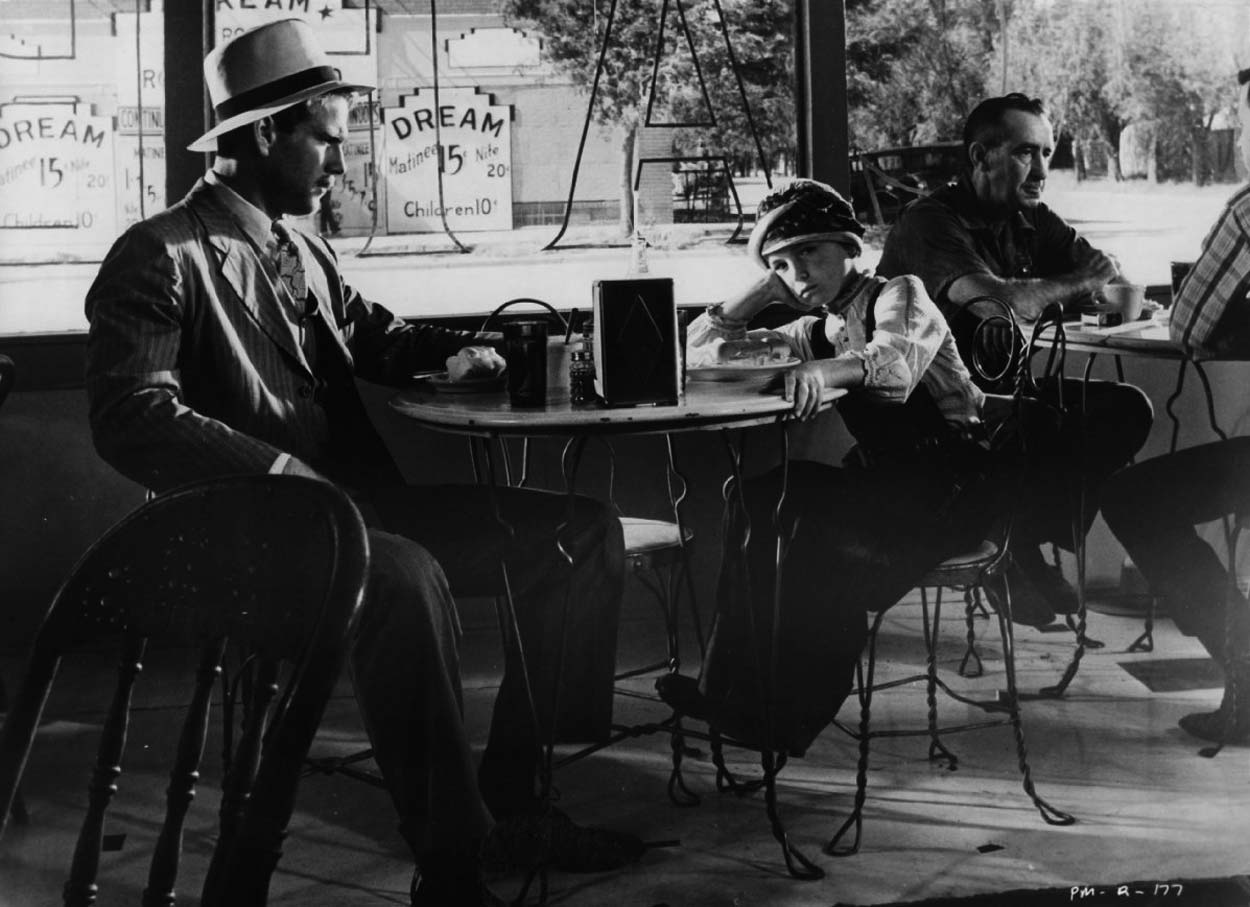
Also adding emotional complexity is the gorgeous, effective deep focus black and white cinematography by László Kovács – it isn’t handled in some self consciously old-timey manner. The stark landscape and Dorothea Lange-looking faces have been compared to Bogdanovich’s hero, John Ford, and specifically his work with Gregg Toland on The Grapes of Wrath. And you certainly see and feel that in this picture, but it also achieves a modern European look as well. But then, maybe it’s just a Bogdanovich “look” and I shouldn’t label it as anything else. For as much as Bogdanovich lovingly harkened back to the past with Paper Moon and The Last Picture Show, he wasn’t merely aping it, or reveling in nostalgia – as touching and as gentle as those pictures are, there is a harder edge to these movies. These were not the “good old days” because Bogdanovich was not only old enough to know better, but he was enough of a film historian to know that old movies never thought the days were so great either. Again, 1940’s The Grapes or Wrath is indicative of this, as well as plenty of pre-code pictures from the 1930s (and how about the 1950s and Elia Kazan and… I could go on an on). Paper Moon is a sweet road movie but it’s also very sad. And timeless – fathers and daughters (and surrogate fathers and daughters) will have strained relationships until the end of time.
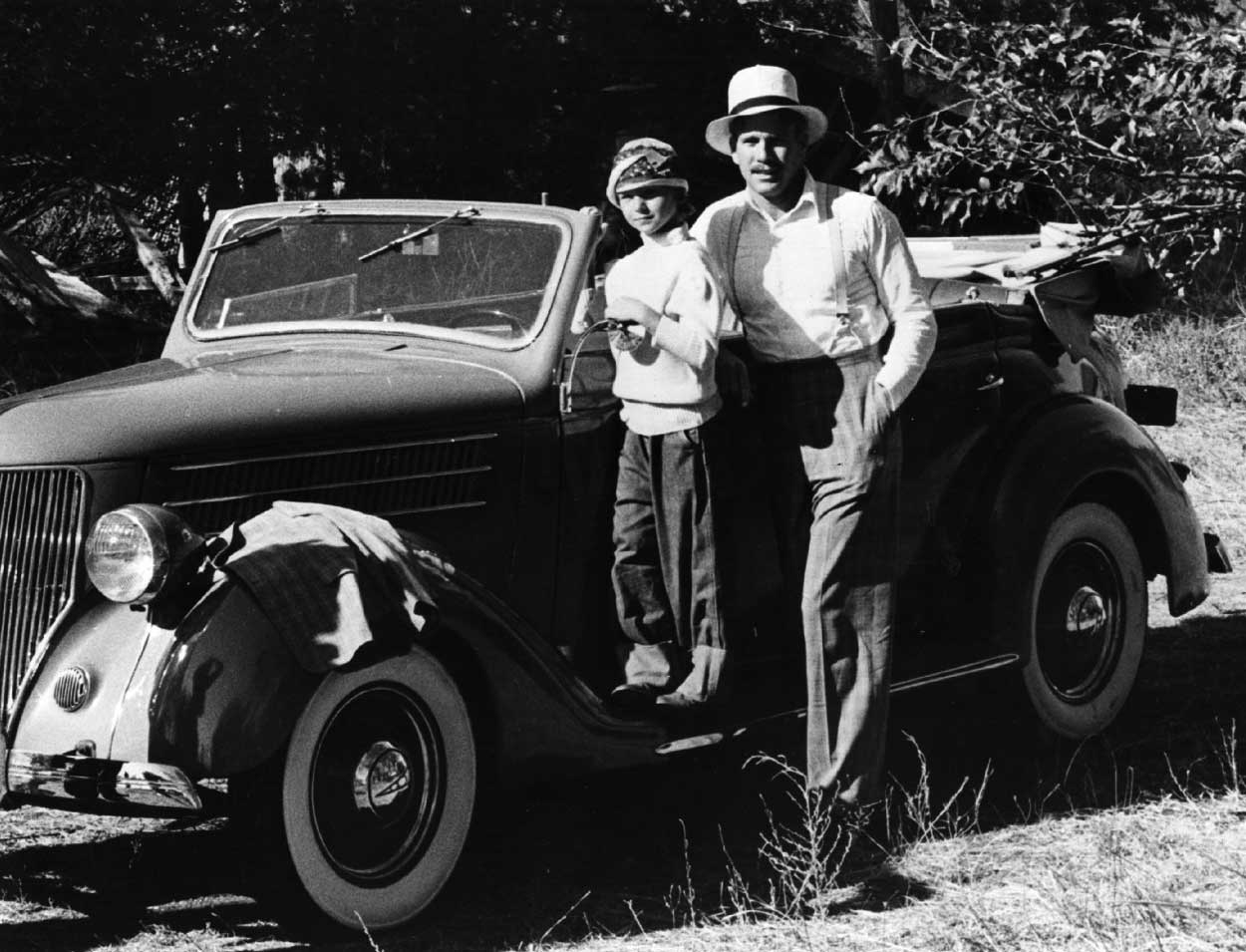
And Bogdanovich trusts his actors to know this. With the O’Neals especially, he trusts their own real life bumping up against the written word. And they know it too. And they and Bogdanovich know that the future is a mystery. Taking the time to look at their faces and wonder what else they’re thinking, or what is down the road or around a corner adds an extra visually potent unknowability about what will happen to these two. When Addie arrives at her Aunt’s house at the end, it’s a nice house, and yet there’s something incredibly depressing about the place. In spite of what any sensible person would say, you want Addie to leave it, and to go back on the road with Moses. And you want her to get that 200 dollars. And you want Moses to be her dad. Who knows if that’s the happy ending?
